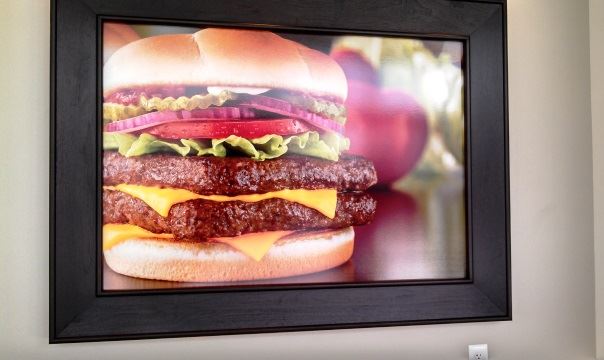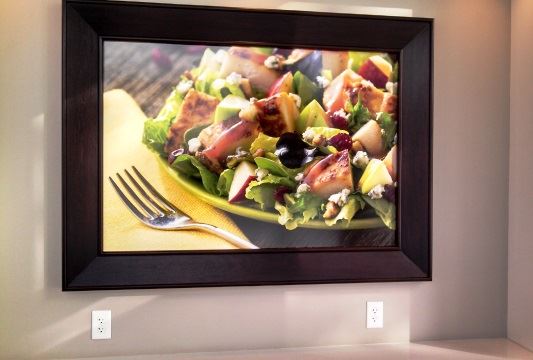From social media feeds to restaurant signage, food photography is everywhere. What began as a way to provide imagery that accompanied dish descriptions on menus and restaurant walls has grown into a fad captured as much by smartphones as professional cameras. But professional food photography isn’t just pressing a button and hoping your dish looks appetizing in print. Instead, photographers use a variety of fascinating and bizarre food photography tips and tricks to make dishes look as appetizing as possible.
Below are some food photography tips from professionals in the world of restaurant and food advertising.

Evoke Feeling
Similar to other forms of art, professional food photographers try to evoke an emotion with their work. People are even more connected to food than they are to music, art and dance, so it’s important to make the image speak to the audience. A shoot for a small, home-grown vegan restaurant would have a completely different lighting, background and vibe than a shoot for a national seafood chain. An excellent food photograph should evoke positive memories and feelings from the audience… along with making them drool.
Lighting is Everything
Bad lighting can make the world’s most delicious steak look like dog food. Professional photographers tend to gravitate toward natural light for food shoots instead of using a flash. If a flash is absolutely necessary they use lightboxes for diffusion. Also, overhead lighting can cast a yellow tinge over the food which is really unappetizing. Most food shoots are scheduled during the daytime hours when the studio (or restaurant) gets the best natural light.

Fake It to Make It
Sometimes the real thing just doesn’t look great in pictures. In these cases, food photographers and stylists have a deep arsenal of tricks to liven up the shot. Here are some of the pro secrets:
- Shaving cream photographs better than whipped cream (and stands up to heat from studio lights better as well). Almost any dessert glamour shot you see has shaving cream perfectly sprayed on instead of actual whipped cream.
- Need a beer to look fresh from the tap? A sprinkle of salt activates the carbonation and produces very photogenic bubbles.
- Monochromatic dishes like fish and chips are hard to make pop. Photographers will rely on colorful garnishes like lemon wedges and parsley to make the shot more appealing.
- Spray bottles are a food photographer’s best friend. They will spray water on salads or other cold dishes and vegetable or cooking oil on hot dishes right before the shot to give it an appetizing glisten.
- Working with natural light means the setup has to move with the sun. The entire “table” may be set up on a rolling tray so it can be moved easily to maximize the light.
- Condensation on glassware is actually a mix of corn syrup and water sprayed onto the glass.
- To redden berries some food stylists use matching lipstick to cover any white spots.
- Real ice cream melts too quickly to shoot. Food stylists use lard, powdered sugar and coloring to make the perfect “ice cream scoops”.
- An appetizing stack of pancakes is likely stuffed with layers of cardboard for support and then sprayed with Scotch Guard so the syrup runs over it instead of being absorbed.
- Anyone whose hands will be in the shot gets a manicure. Even the saltiest chef needs clean nails to present his food in the best light possible.
With these tips for food photography, you can take shots full of rich and colorful detail that will kick-start appetites whether they are on your website, menus, digital signage or a highway billboard.